Ten years ago, you could buy a decent steer tire for $300. Not anymore. But, then again, you're not buying the same tire anymore either.
Long-term pricing trends show that the cost of raw materials used in tire manufacturing has gone up over the past decade, along with the shelf prices for tires, but consumers haven't seen the price swings for tires that manufacturers have seen for materials over the same period of time.
And raw materials are only part of the tire's cost structure.
“In a normal year, raw materials make up about 50% of the cost of the commercial tire,” says Rick Phillips, director of commercial sales at Yokohama Tire Corp. “That includes natural rubber, synthetic rubber, carbon black, steel and a host of other organic chemicals, including petroleum.”
Phillips says natural rubber was selling for 56 cents a pound in 2009. Today it's around $1.50 per pound.
Accord to price charts posted on a government of India website, www. rubberboard.org, prices for various grades of natural rubber have increased from $135 per 100 kg in 2004, to a current price in March 2013 ofabout$290.
Steel prices, while essentially stagnant over the past year at $700 to $800 per metric ton, have seen significant swings over the past 10 years. Most types of steel saw price peaks of $1,000 and higher per ton in 2008, which was up dramatically from pre-recession pricing of $500 to $600 per ton for most products.
And don't forget oil prices.
Oil prices in 2003 averaged $27.69 per barrel in 2003 dollars. Today, prices hover in the $90s, another significant increase. This hit tire manufacturers two ways, first as a raw material in tire production, and again in shipping costs, especially for those bringing tires here from overseas.
Less tangible but omnipresent are the research and development costs. Phillips says tire makers were making very good tires 10 years ago, but they can hardly compare to today's tires.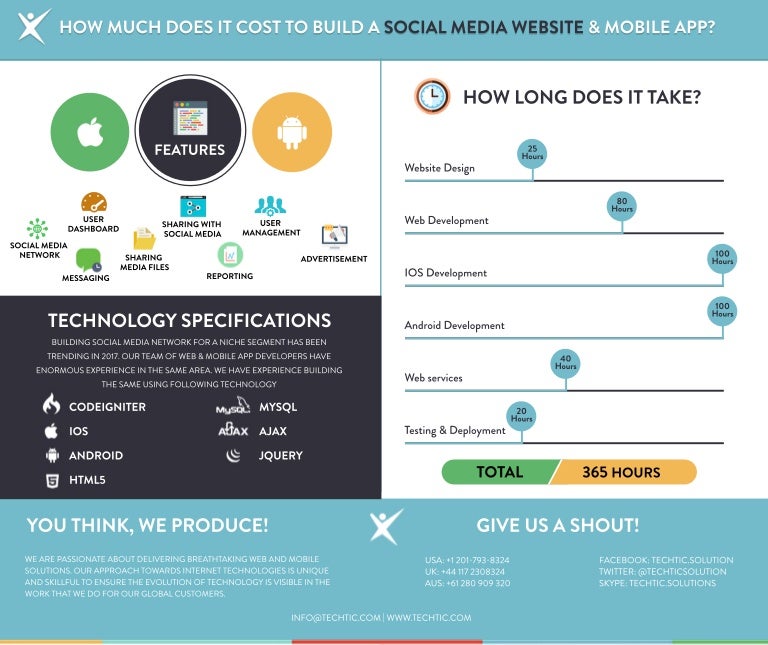
Tires are so much more efficient today than in previous generations that while acquisition costs have increased, life-cycle costs and cost per mile have actually come down. You're getting way more bang for your buck, Phillips says. But at the same time, it's getting harder and harder to make significant strides in technology.
“Now, tires are so efficient and so well-built that we have to spend millions and millions of dollars to get just a small gain,” he says. “The development curve isn't as steep as it was. You have to go a long way to even move the needle today.”
Supply and demand
Global demand for tires has increased, with countries like India and China putting more and more trucks on the road every year. Demand in North America and in Europe is down somewhat.
That reduces the pressure on supply, although Phillips says much of the need for tires in emerging markets is filled domestically.
“We've got a bit more supply here than demand at the present,” he says, “But by the end of the year and through 2014, I expect that will change.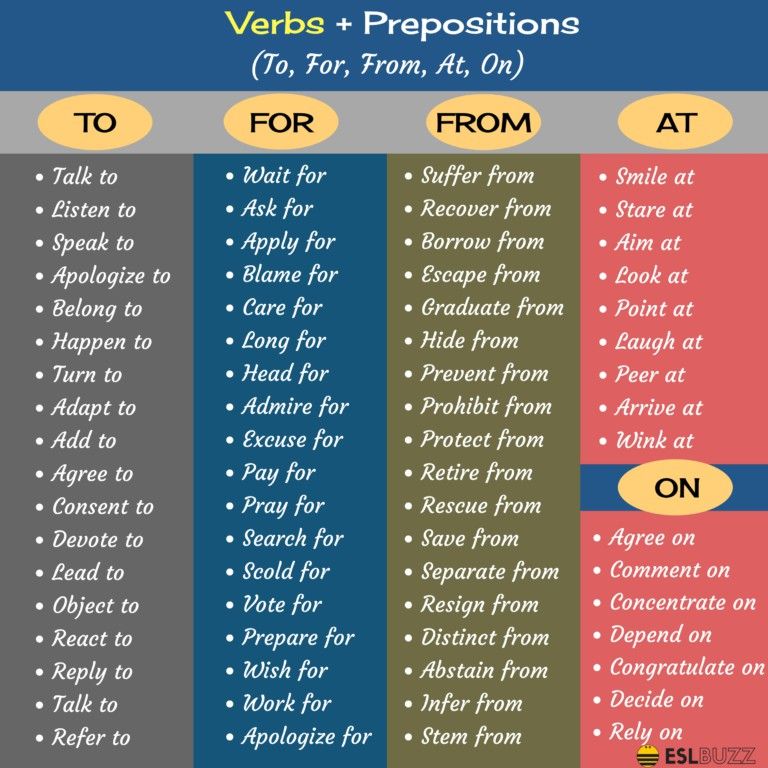 When global demand picks up again, we'll have problems here because there's not enough North American capacity to meet demand. And when the commodity brokers see that, we'll probably see more price manipulation like we did in 2011.”
When global demand picks up again, we'll have problems here because there's not enough North American capacity to meet demand. And when the commodity brokers see that, we'll probably see more price manipulation like we did in 2011.”
In the short term, Phillips expects prices to stay relatively flat, but when global demand starts to rise, tires and their raw materials costs will start going up right alongside.
“Steel is more stable than rubber, and rubber is more stable than oil, but each is subject to its own pressures,” he notes.
The good news, according to Goodyear, is that raw materials pric ing has been stable over the past few months. That doesn't mean we'll see discounts on tire prices, but they may not be jumping as frequently as they have over the past few years. Enjoy it while you can.
Natural rubber is havested from the hevea trea as a liquid, much like maple syrup is harvested from a maple tree.
Alternatives to natural rubberAlthough we're in no danger of running short of our primary source of natural rubber, prices have risen dramatically over the past 10 years and some companies are now looking for alternatives.
The primary producers of natural rubber are in South and Southeast Asia, with some production in tropical West Africa.
All those are places subject to damaging seasonal monsoons and other extreme weather conditions.That makes supply a little unpredictable.
Rubber has also recently become a traded commodity, leading to speculative investment, which has driven up prices.
“It's not unlike petroleum markets,” says Bill Niaura, Bridgestone Americas'director of new business development. “There are price points where it begins to make economic sense to explore and drill for oil in non-traditional areas. We're now at the point in the rubber industry where it makes sense to look for alternatives.”
There are about 2,000 plant species producing natural rubber, but the Hevea tree is the most productive. In the history of the rubber business only one other species, guayule, has been used in actual rubber production.
Unlike the hevea tree, which grows in tropical climates, guayule grows in the arid climates of the U. S. Southwest.
S. Southwest.
Active research and development programs are under way to domesticate and commercialize guayule, with two led by tire manufacturers.
Guayule blooms againA consortium consisting of Cooper Tire & Rubber Co., Yulex Corp., Arizona State University and the U.S. Department of Agriculture are working under a $6.9 million grant from the USDA and the U.S. Department of Energy.
The goal is to harness biopolymers extracted from guayule as a replacement for petroleum-based synthetics and tropical-based natural rubber used in the manufacture of tires.
Meanwhile, Bridgestone has its own plans for a guayule research farm near Eloy, Ariz., and a research center in nearby Mesa,Ariz.A 281 -acre agricultural site in Eloy will serve as the base of its agricultural research operation, and will supply guayule for the company's process research center in nearby Mesa.
“Material-wise, guayule is the same polymer as hevea rubber, but it diversifies our supply,” Niaura says.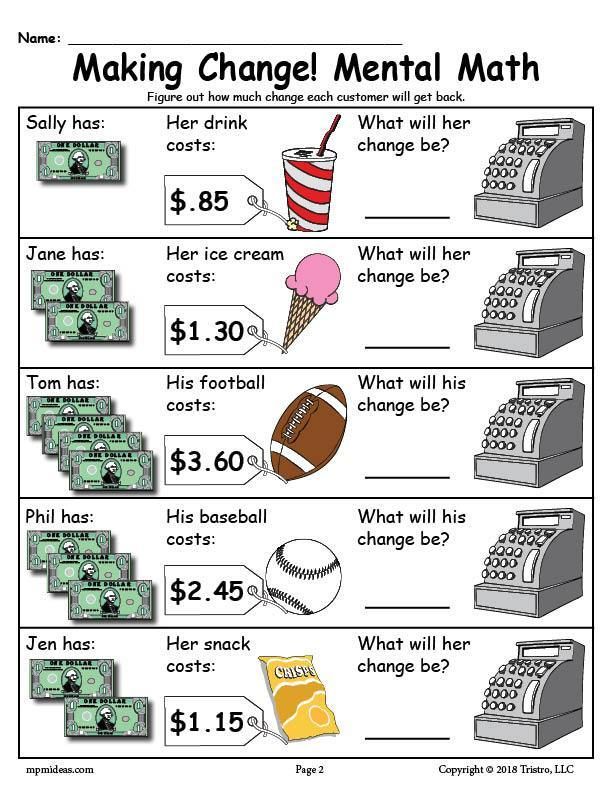 “In terms of plant biology and regionality, it's domestic to the Americas, but there are still challenges ahead.”
“In terms of plant biology and regionality, it's domestic to the Americas, but there are still challenges ahead.”
The facility is expected to be fully operational in 2014, with trial rubber production starting in 2015.
Regular pressure checks are the best way to ensure a long and prosperous relationship with your tires.
Tires are worth looking afterIt's easy to dismiss tires as low-tech commodities requiring more time and effort to maintain than they are worth.The truth is you get out of your tire program what you put into it.
Fleets with strong tire programs treat tires as assets.According to Continental's Clif Armstrong, fleets that are ahead of the curve on tires treat them as investments.
“Thirty years ago, when your $150 tire wore out at 40,000 miles, you just disposed of it and bought another one,” he says. “With tires at $350 or $400 and even up to $700 for wide-single tires, you have to treat them as assets.The tread has wearability value, and the casing can be retreaded or sold.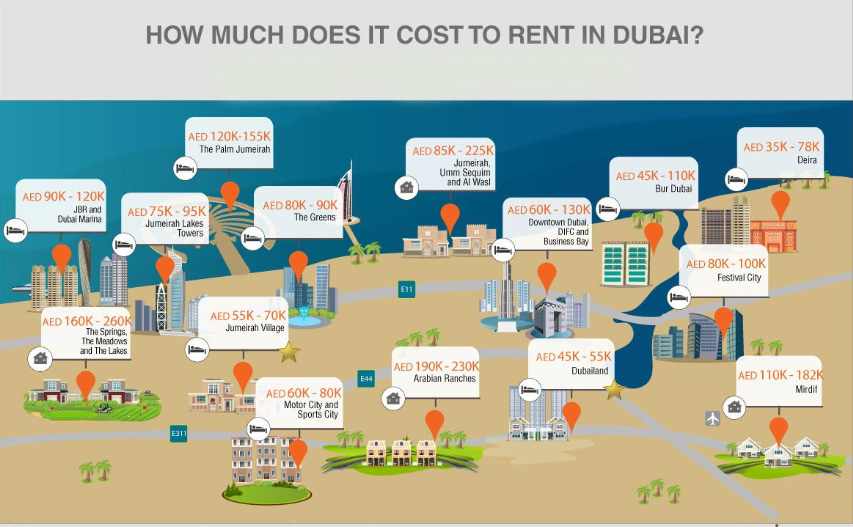 ”
”
The more retreads you get from a casing,the better the value, Armstrong says. “It's conceivable today to run a tire/casing out to a million miles with excellent maintenance and several retreads.”
The key factor in maintaining the value in your tire and casing investment is proper maintenance and management-and maintaining tire inflation pressure.
“Improper inflation reduces tire life,” says Bob Montgomery, vice president of intelligent transportation systems for Stemco."Low tire pressure also leads directly to irregular wear and premature failures, which the Technology & Maintenance Council of the American Trucking Associations says are 90% attributable to under-inflation.”
Automatic tire inflation systems, such as Aeris from Stemco, can keep tires at their optimum pressures while providing real-time data to detect leaks, analyze tire performance, calculate fuel economy and even identify mismatched dual tires.
On the pressure monitoring side, several available technologies can alert drivers or fleet management of an impending tire failure through telematics.
Continental's ContiPressureCheck, for example, also uses temperature compensation to tell if a hot tire is underinflated. Without some form of temperature compensation, a hot tire that is underinflated might appear to be fine, because the contained air pressure is at or above its cold inflation pressure.
Aeris, PressureCheck and similar inexpensive and reliable technologies really can extend tire life. Perhaps not to 1 million miles every time, but considerably further than if you do nothing buy kick them a couple of times a week.
Published Date 6/23/17 9:58 AM
The global market for tire manufacturing stands at $180 billion. Michelin anticipates the long-term demand to rise at the rate of 5 to 10% a year in developing markets and 1 to 2% a year in mature markets. Moreover, in terms of volume, sales are expected to reach 2.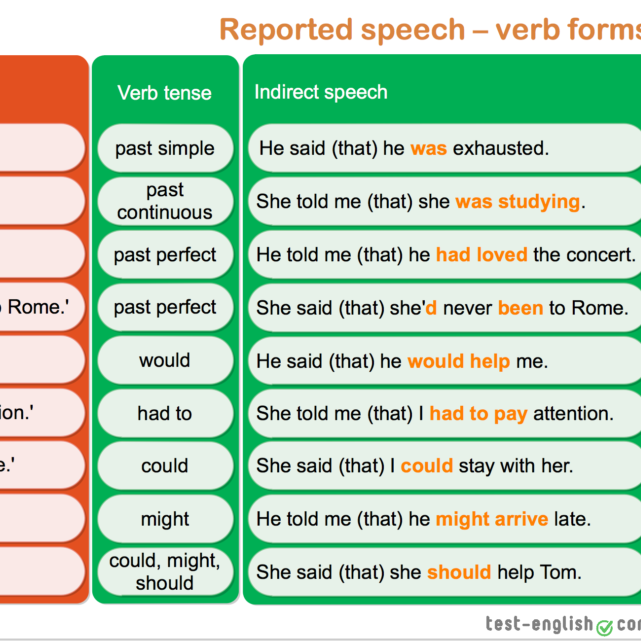 5 billion units by 2020, this will be propelled by an increase in automobile manufacturing. The automobile market, in turn, is expected to strengthen due to growing urbanisation and rising personal disposable incomes.
5 billion units by 2020, this will be propelled by an increase in automobile manufacturing. The automobile market, in turn, is expected to strengthen due to growing urbanisation and rising personal disposable incomes.
Bridgestone is the largest player in the market with revenues close to $27.1 billion, followed by Michelin (revenues of $22 billion) and Goodyear (revenues $16 billion). Bridgestone, Michelin and Goodyear together hold approx. 40% of the global market share as shown in the below chart. Merger and acquisitions, entry barriers such as huge capital investments and brand loyalty are the major reasons for concentration in the industry.
The sales of tires can be classified into demand from original equipment manufacturers (OEM) and replacement market (RC) also known as aftermarket sales. Sales in OEM segment are dependent on the sale patterns of new vehicles, whereas RC sales depend on the usage patterns of consumers.
Televisory analysed the data of Good Year, JK Tyre and Michelin and observed that on an average RC accounts for 68% of the sales, while OEM constitutes 32% of the total sales (displayed through the below pie charts), which is also an average for the industry as a whole.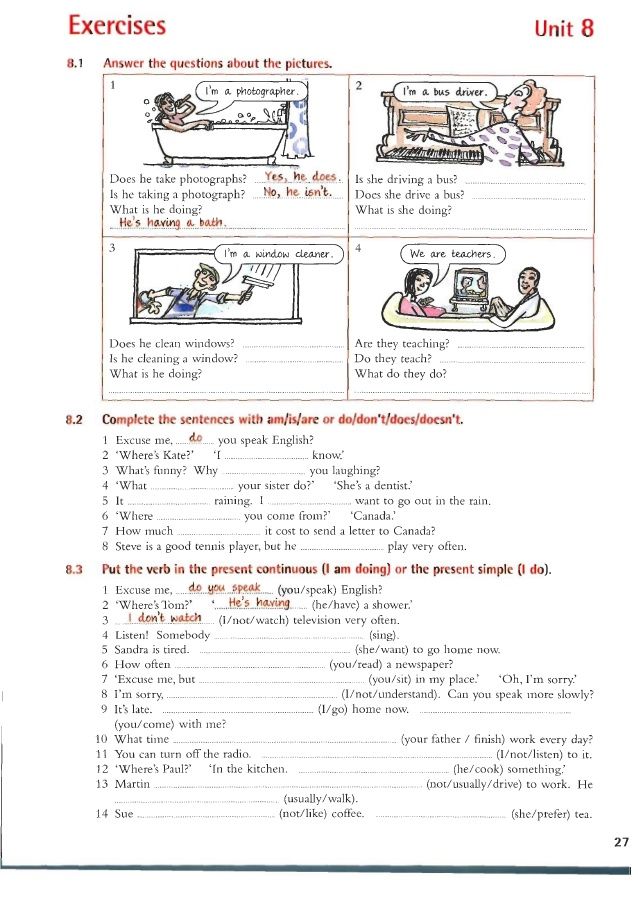 The demand from RC market is expected to stay strong due to a large number of vehicles on-road. Furthermore, any sale in OEM segment leads to an assured RC segment demand in the next 4-5 years.
The demand from RC market is expected to stay strong due to a large number of vehicles on-road. Furthermore, any sale in OEM segment leads to an assured RC segment demand in the next 4-5 years.
In addition, raw materials account for almost 75% of the production costs with natural and synthetic rubber being the key raw materials. A reduction in the raw material cost is passed on to consumers as an advantage or vice versa. Crude oil has a direct influence on the price of synthetic rubber. Additionally, any movement in the price of synthetic rubber subsequently affects the natural rubber prices. The rubber prices were at an all-time high in 2012 and thereafter maintained low levels as can be seen from the below data. The fall in crude oil prices along with the excessive production of natural rubber in Asian nations such as China and Thailand kept the rubber prices in economic range. However, rubber prices bounced back in 2016 as the major rubber producing companies in Thailand, Indonesia and Malaysia agreed to cut down the supply by 0. 6 million tonnes (Source: Business Standard). The impact got transferred to the final prices of tires. Goodyear raised its prices by 8% (February 2017) and other companies such as Copper Tire & Rubber, Carlstar and Nexen Tire are expected to follow the suit.
6 million tonnes (Source: Business Standard). The impact got transferred to the final prices of tires. Goodyear raised its prices by 8% (February 2017) and other companies such as Copper Tire & Rubber, Carlstar and Nexen Tire are expected to follow the suit.
The production expenses have the greatest bearing on cost in the tire industry, at around 70% of revenues whilst other operating costs constitutes 20% of revenues. An analysis of the financial statement of Michelin, Goodyear and JK Tyre revealed that the production costs of Goodyear were higher than its peers, this was due to high production and general overheads. However, its operating expenses were comparatively lower due to limited selling and advertising expenses.
The net sales of Michelin rose by 8.4% in FY 2015 primarily due to the acquisition of Sascar (€256 million additional), currency effects (€1.5 billion) and rise in sales volume (€624 million). On the contrary, Goodyear and JK Tyre faced a decline in their revenues in the same year.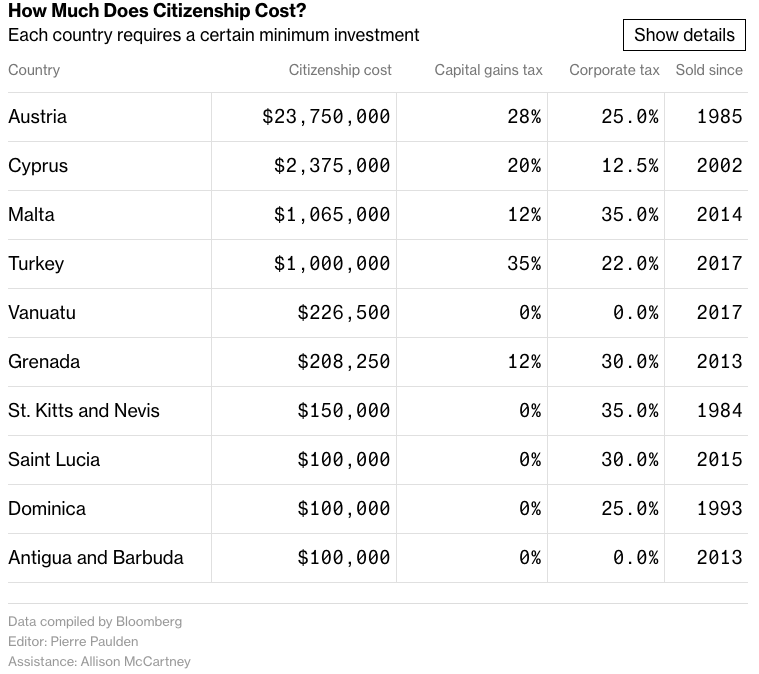 The principle reason for the fall in Goodyear’s revenue was currency translation, especially in the EMEA region. The revenue for JK Tyre contracted due to an 8.7% fall in demand from SCV segment coupled with rising imports of truck radial tyres from China.
The principle reason for the fall in Goodyear’s revenue was currency translation, especially in the EMEA region. The revenue for JK Tyre contracted due to an 8.7% fall in demand from SCV segment coupled with rising imports of truck radial tyres from China.
Although Indian manufacturers are accelerating the production of radial tyres, the radialisation volume of truck/bus segment stands at only 44%. The scope of expansion in the truck/bus radial segment has led to a heightened competition both from domestic and international players.
On an analysis of the profit margins of the companies (stated in the below graphs), Televisory found that Goodyear had the lowest net margin owing to loss of deconsolidation of Goodyear de Venezuela amounting to $646 million. Goodyear’s net margin was unusually high in 2014 due to $1.8 billion net income tax benefits. This was owing to release of the valuation allowance on deferred tax assets in the US. All the major players capitalised on the cost advantage due to fall in rubber prices and thus, their production costs kept declining.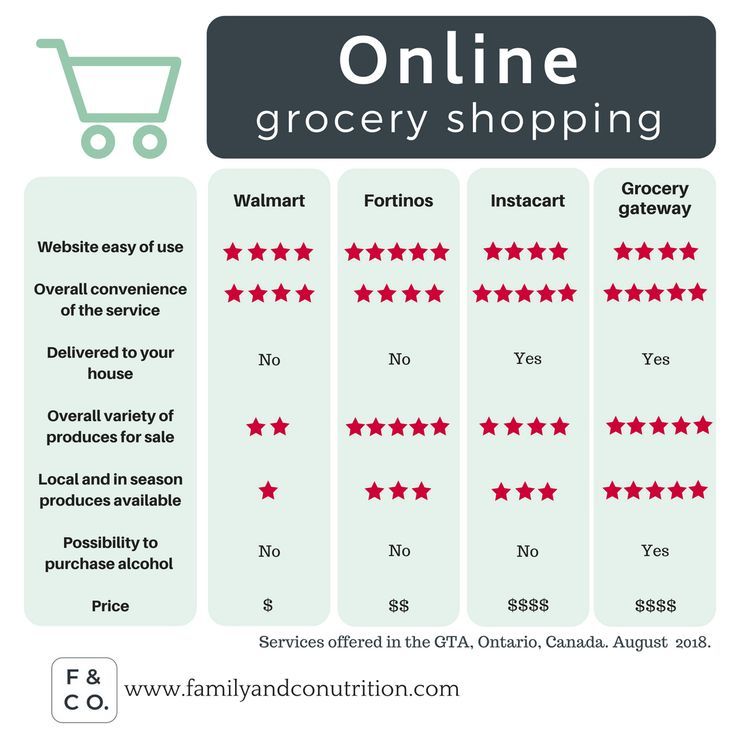 JK Tyre being an Asian firm benefitted most from cheap imports of rubber through Asian countries with its production cost plummeting 6.3%. Michelin being a global player with a larger asset base had depreciation expenses equivalent to 6.7% of its revenues, while JK Tyre with its manufacturing restricted to India and Mexico had depreciation expenses of 3.7%. Therefore, Michelin’s drop from EBITDA to EBIT margin was more than that of JK Tyre. However, JK Tyre’s dependence on debt was more as indicated by its higher interest expenses amounting to 3.3% of its revenue, thus lowering its net margin. These interest expenses, however, provide for a significant tax shields, this can often be a complimentary part of the capital structure.
JK Tyre being an Asian firm benefitted most from cheap imports of rubber through Asian countries with its production cost plummeting 6.3%. Michelin being a global player with a larger asset base had depreciation expenses equivalent to 6.7% of its revenues, while JK Tyre with its manufacturing restricted to India and Mexico had depreciation expenses of 3.7%. Therefore, Michelin’s drop from EBITDA to EBIT margin was more than that of JK Tyre. However, JK Tyre’s dependence on debt was more as indicated by its higher interest expenses amounting to 3.3% of its revenue, thus lowering its net margin. These interest expenses, however, provide for a significant tax shields, this can often be a complimentary part of the capital structure.
Thus, Michelin has been consistent in maintaining its net margin at around 5.5%, while JK Tyre has exhibited an increasing trend in its net margin. Goodyear and Michelin began offering tires online directly to customers in 2016, this is expected to contribute positively to their sales volumes. JK Tyre adopted a low-cost automation plan at its manufacturing plants and has been judiciously investing in R&D in order to sustain technologically. However, in terms of global expansion JK Tyre has a long way to go and its manufacturing and distribution costs might therefore increase accordingly. In an industry, where material costs cannot be directly controlled by the manufacturers, optimising manufacturing and distribution capacities are the key to success.
JK Tyre adopted a low-cost automation plan at its manufacturing plants and has been judiciously investing in R&D in order to sustain technologically. However, in terms of global expansion JK Tyre has a long way to go and its manufacturing and distribution costs might therefore increase accordingly. In an industry, where material costs cannot be directly controlled by the manufacturers, optimising manufacturing and distribution capacities are the key to success.
Also Read:- Impact of volatility in natural rubber and crude oil prices on tire manufacturing industry
adv.rbc.ru
adv.rbc.ru
adv.rbc.ru
Autonews
TV channel
Pro
Investments
Events
+
New economy
Trends
Real estate
Sport
Style
National projects
City
Crypto
Debating club
Research
Credit ratings
Franchises
Newspaper
Special projects St.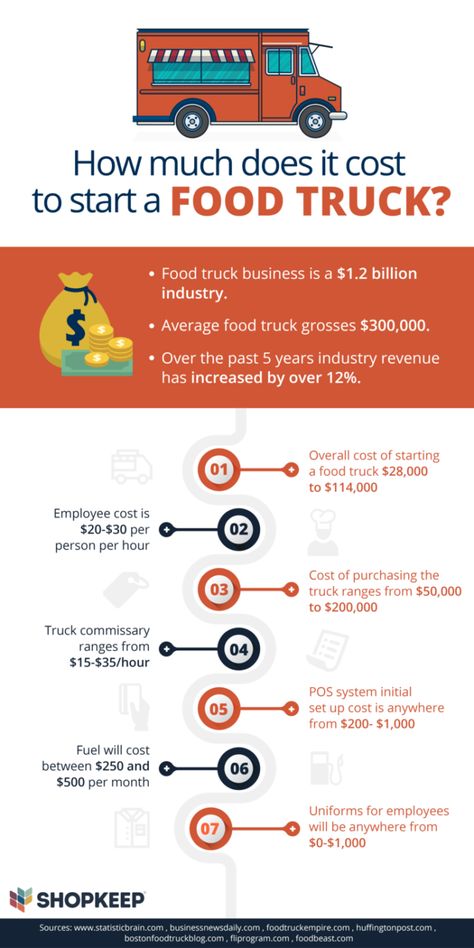 Petersburg
Petersburg
Conferences St. Petersburg
Special projects
Checking counterparties
Library
Podcasts
ESG index
Politics
Economy
Business
Technology and media
Finance
RBC CompanyRBC Life
adv.rbc.ru
Photo: Mikhail Tereshchenko / TASS
adv.rbc.ru
See also
Nail, rebar or sharp stone - sometimes you can damage a tire almost from scratch. First of all, the scale of damage is important, and often rubber can still be repaired. Most often, motorists turn to tire shops for repairs in the middle of autumn or spring - just in the season of replacing summer tires with winter tires and vice versa. In order not to stand in lines, it is worth knowing exactly when to go to the tire shop and when to go to the store.
Most often, motorists turn to tire shops for repairs in the middle of autumn or spring - just in the season of replacing summer tires with winter tires and vice versa. In order not to stand in lines, it is worth knowing exactly when to go to the tire shop and when to go to the store.
The most common "injury" to rubber is a puncture, and it can most often be repaired. Professionals in the nearest service will do it much faster, and your hands will remain clean. But if the puncture caught you in a deserted place, and there is a pump and a tire repair kit with harnesses in the trunk, you can patch up the tire yourself. Most often, when repairing the front tires, the wheel can not even be removed, it is enough to turn the steering wheel in the right direction and find the puncture site.
First, the hole is cleaned with a helical awl, the repair harness is smeared with glue and tucked into the eye of the awl, after which it is inserted into the tire hole. With a sharp movement, the tool is removed, and the tourniquet remains inside and securely clogs the hole.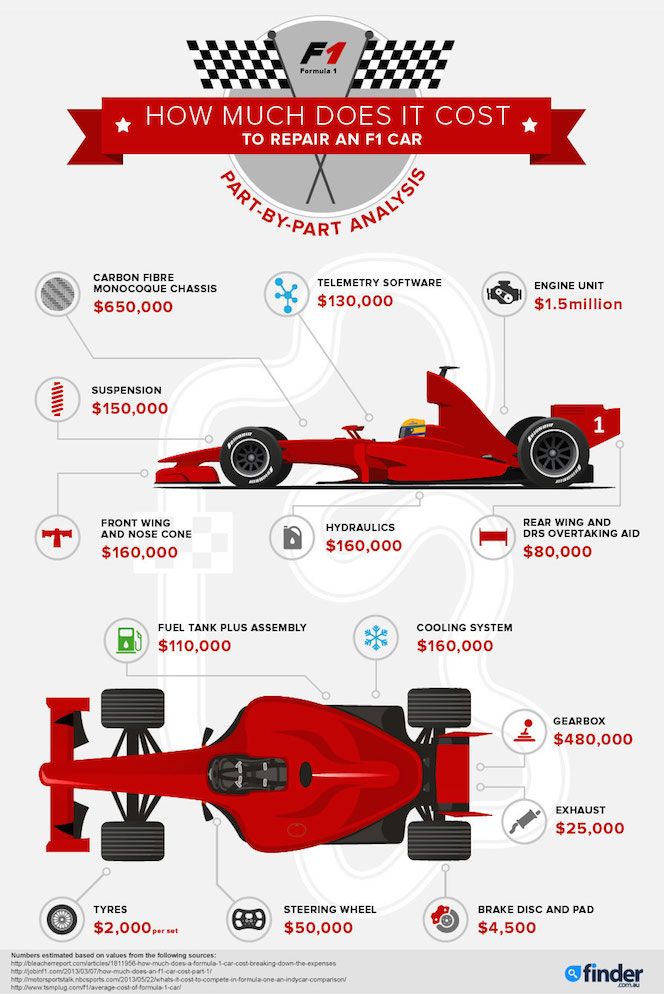 The tails are cut with a knife, but it is recommended to leave about 20 mm. After that, the tire can be inflated and the pressure checked.
The tails are cut with a knife, but it is recommended to leave about 20 mm. After that, the tire can be inflated and the pressure checked.
Repair with tourniquets is not considered long-term, because after some time they dry out and begin to let air through. A more advanced puncture repair method is vulcanization. The hole is sealed with an elastic patch, and the funnel at the puncture site is filled with a special compound. A vulcanizer is put on top, which heats the patch and solders the excess.
Under service conditions, the puncture is also repaired with cord fungus. The puncture site is processed and drilled to roughen. Everything is smeared with glue, after which a fungus is introduced from the inside of the tire, its cap is rolled, and the excess legs are cut off from the outside.
Photo: PA Images / TASS
A puncture can also be repaired with sealant. Many car manufacturers with run flat tubeless tires put compressor repair kits in the car instead of a spare tire - a bottle of pressurized sealant.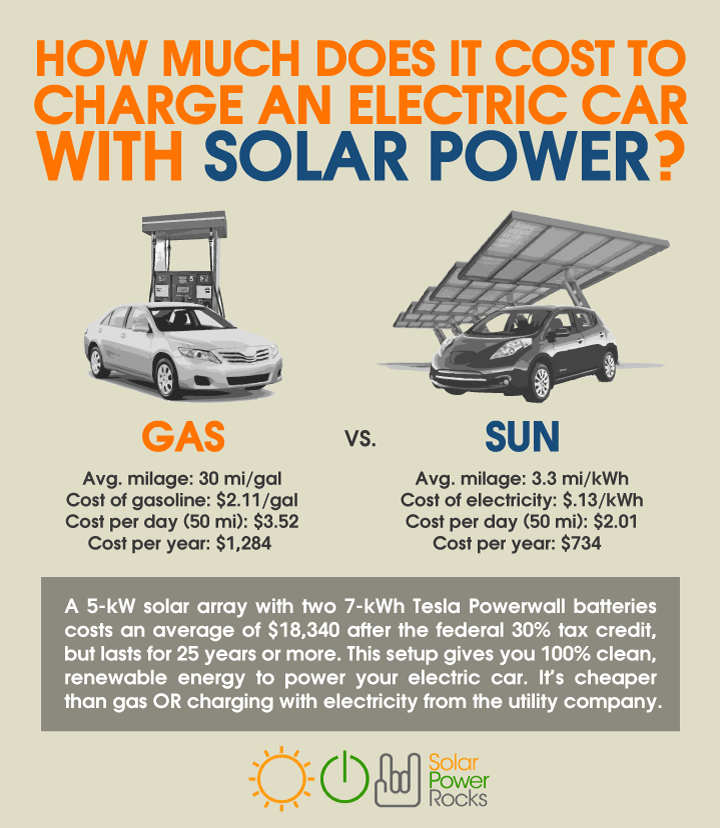 The car is raised on a jack, after which the sealant is pumped into the damaged wheel through the nipple. Next, you need to spin the wheel and pump it up. After repair, the car should be driven a couple of hundred meters to check the tightness of the tire. If it has not recovered, the procedure is repeated.
The car is raised on a jack, after which the sealant is pumped into the damaged wheel through the nipple. Next, you need to spin the wheel and pump it up. After repair, the car should be driven a couple of hundred meters to check the tightness of the tire. If it has not recovered, the procedure is repeated.
It happens that a self-tapping screw or a nail closes the hole in the tire, remaining inside. Do not rush to pull it out - until the pressure drops, you can safely get to the service for vulcanization. Sometimes the wheel begins to blow off a few weeks after the self-tapping screw got into it. Therefore, it is better to check tire pressure periodically, and if the pressure sensor lights up, you should at least visually inspect the tire for a nail head.
A bump or bulge most often occurs on the side of a tire after hitting an obstacle or hitting a hole at speed. From the impact, the sidewall carcass threads are damaged, the tire ceases to hold the load and pressure, swelling appears. Any small bump eventually turns into a larger one, and with such a defect, the wheel can burst at any time. This is a direct safety hazard because a sudden flat tire can cause loss of control and a road accident.
Any small bump eventually turns into a larger one, and with such a defect, the wheel can burst at any time. This is a direct safety hazard because a sudden flat tire can cause loss of control and a road accident.
Some bulges can be repaired, but no patch will ever restore a tire to factory stiffness. The ideal option in this case is to replace the tire. If a hernia has appeared on the tread, then you can extend the life of the tire with the help of cord patches - ready-to-use patches with an adhesive layer. But if swelling is found on the sidewall, the likelihood of repair is minimal, the wheel is easier to change. Blisters on low profile tires are generally not repairable.
Only car service professionals can repair a side cut. Cord patches will be needed to repair the damage, but after some time the wheel will still have to be changed. This method will work only if the gap is not in the shoulder area of the tire, then no one will repair it.
In general, cuts or punctures, unlike punctures, are considered non-repairable, since the integrity of the frame is violated.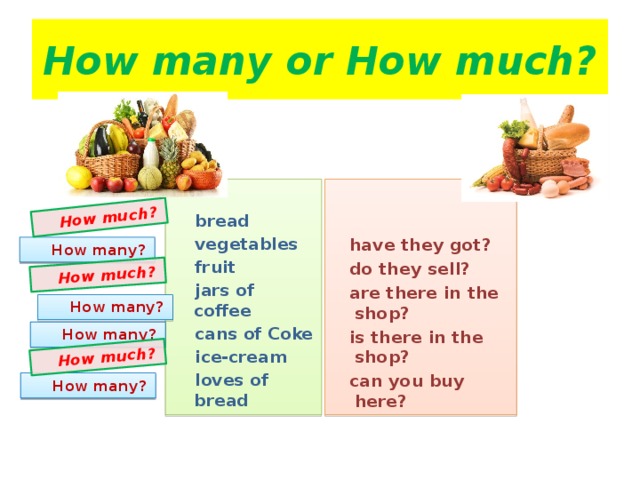 And breakdowns do occur on the go, when the tire abruptly loses pressure and has time to make only a few turns “on the rims” before it comes to a complete stop. In this situation, the cord breaks and the layers of the tire are destroyed. Even if it is possible to close the hole, it is not recommended to use such a weakened tire.
And breakdowns do occur on the go, when the tire abruptly loses pressure and has time to make only a few turns “on the rims” before it comes to a complete stop. In this situation, the cord breaks and the layers of the tire are destroyed. Even if it is possible to close the hole, it is not recommended to use such a weakened tire.
Photo: Mikhail Pletsky / Russian Look
Cracks, sidewall abrasions and unprofessional tire fitting can also lead to tire problems. Cracks can occur as a result of improper storage of tires. Their danger is that moisture begins to flow to the cord, and this already renders the frame unusable. Air can also escape through cracks. Cracks cannot be repaired and tires will not last long. A tire with cracks is deformed, blistered, and may even break while driving.
Rubbing against curbs or driving on uneven roadsides can damage the tire sidewall. When driving like this, it is worth inspecting the tires for damage regularly. If a slight wear is found, the wheels can be swapped, which will slightly extend their service life and allow you to delay the purchase of new ones.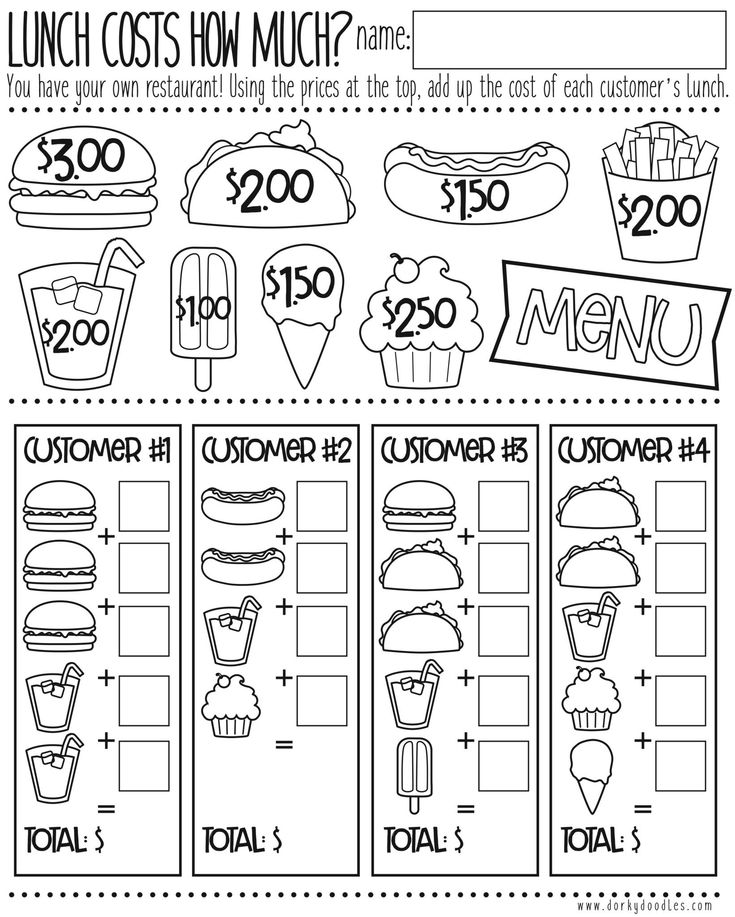
Improper fitting can damage the tire bead. In this case, the tire will lose its geometry and sit on a disc with a bevel, “eights” will be visible during rotation, and the driver will feel vibration while driving. It is impossible to repair this defect, the wheel must be changed as soon as possible, otherwise there is a risk of damage to the suspension.
How to Tires
adv.rbc.ru
adv.rbc.ru
Category: Operation and maintenance
Article reading time: 5 minutes
Bookmark this
A car tire has a complex structure and a specific rubber compound that protects the tire from impacts and retains its shape under high loads. The design of the wheel consists of several strength frames - metal wire and nylon thread, they keep the rubber on the trajectory during intense and dangerous driving.
The design of the wheel consists of several strength frames - metal wire and nylon thread, they keep the rubber on the trajectory during intense and dangerous driving.
Any type of damage can result in negative consequences that affect driving safety and road safety. And if the majority of punctures can be repaired in the service or repaired by oneself, then the side cut of the tire often forces one to resort to a complete tire replacement. Riding on damaged tires in the usual mode is extremely dangerous. How to fix a tire so that you can ride comfortably without consequences, and is it possible to seal or repair a cut tire? We will answer these and other relevant questions for motorists in this material.
Modern service centers can repair a tire after a front or side puncture. You can repair a tire, thanks to the universal set of a motorist, with your own hands. It is enough to seal the hole with a special tourniquet.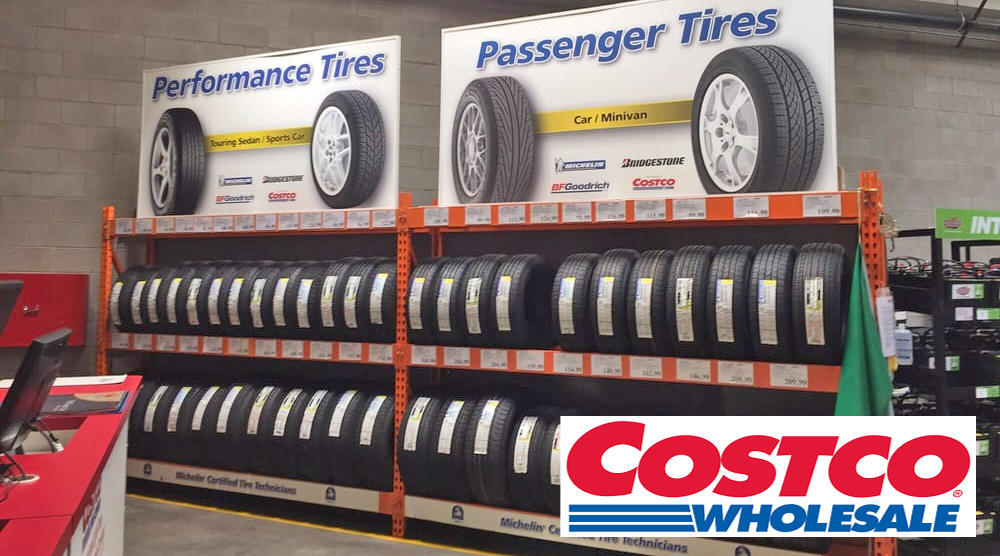
Is this type of damage dangerous and should it be replaced? Only the master can unambiguously answer the question, having studied the lateral damage. The specialist will determine the nature of the puncture that needs to be repaired and offer a complete tire replacement or repair. It is inexpedient and dangerous to close up a large puncture, due to which the tire is deformed.
To determine how to close a side cut, you need to study the type of damage:
Sealing a cut on a tire is much more difficult than a normal repair, so it is often necessary to perform an involuntary replacement of tires. Repairing the wheel is impossible due to side wires and threads that break under side load.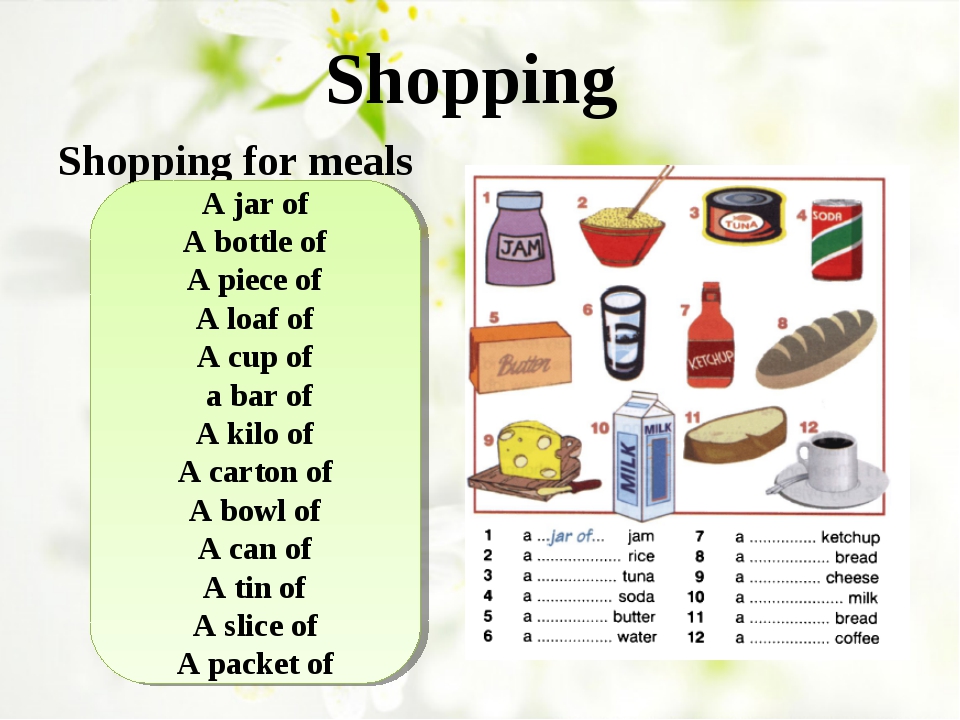 Taping and repairing lateral damage will not help repair the threads. Any obstacle or potential contact with a bump at high speed will have the adverse effect of bursting the tire due to the load, resulting in a dangerous loss of control.
Taping and repairing lateral damage will not help repair the threads. Any obstacle or potential contact with a bump at high speed will have the adverse effect of bursting the tire due to the load, resulting in a dangerous loss of control.
A side puncture is less dangerous than a longitudinal cut. However, not every defect requires replacement. Masters will be able to repair tires if the deformed area placed along the carcass threads does not exceed 50 mm. The possibility of repair is also available if the side cut located across the tire threads is less than 30 mm. However, we do not recommend doing repairs in this case with your own hands. To preserve the protective properties and avoid possible negative consequences, it is necessary to use professional equipment.
Should cuts be repaired? A popular question for motorists who are faced with a choice is whether to seal a defect or replace a wheel. The possible consequences of cuts scare car owners, but do-it-yourself repairs are more attractive because they are cheaper than buying fresh tires.
To avoid dangerous consequences, sealing small and large side cuts is prohibited if you need to repair more than 10 cords and close up a hole larger than 30 mm. It is possible to repair tires for passenger cars with a side cut of the tire if it is a shallow scratch.
Driving with a cut in a tire is not safe. The degree of risk depends on the nature of the damage and the experience of the specialist who will seal the seam. Before sealing the hole with your own hands or entrusting a restoration to a specialist, you should examine the lateral damage. Manufacturers recommend replacing tires if it is necessary to seal 20 mm or more. However, if it is possible to change a wheel, the opportunity should be taken as soon as possible. Since even a small defect is dangerous during the trip. During operation, a hernia is formed, which explodes if timely replacement is not made. If you drive on a tire with a side cut for a long time and do not do repairs in the service or with your own hands, there is a high risk of getting into an accident.
In order to strengthen the structure of tires, manufacturers add several layers of metal cord to models. Also on the market there is a fabric cord, which includes fibers from nylon, which allows you to increase the strength of rubber. Therefore, in order to seal the tire in the service or repair it yourself in case of a puncture, it is necessary to use high-quality materials. If the recommendations for replacement are not followed, there is a high risk of dangerous and unpredictable consequences.
Winter Drive protection
Tires Goodyear UltraGrip Arctic 2 SUV
Winter Drive Protection Sound Comfort
Rating:
4.5
Tires Goodyear UltraGrip Ice 2
Winter Drive protection
Tires Goodyear UltraGrip Performance+ SUV
Winter Drive protection
Tires Goodyear UltraGrip Arctic 2
Winter Drive Protection Run On Flat Sound Comfort
Tires Goodyear UltraGrip Performance+
To accurately assess the effects of tire deformation, before repairing a tire, contact a specialized center.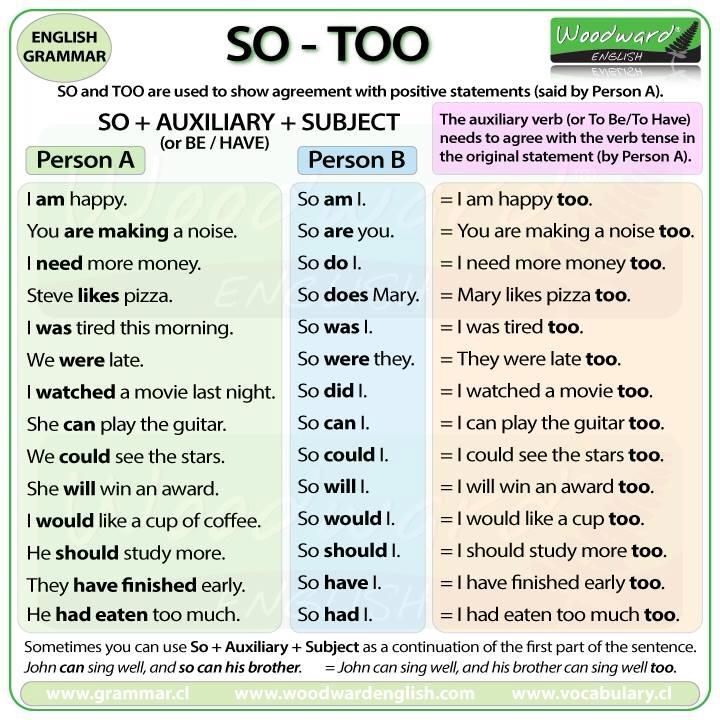 The masters will figure out whether it is possible to continue driving a car or whether it is worth replacing the rubber. The main inspection criterion is the width of the seam that needs to be repaired. It should be borne in mind that it is dangerous to close up and seal holes with a width of more than 40 mm with rubber mixtures.
The masters will figure out whether it is possible to continue driving a car or whether it is worth replacing the rubber. The main inspection criterion is the width of the seam that needs to be repaired. It should be borne in mind that it is dangerous to close up and seal holes with a width of more than 40 mm with rubber mixtures.
If the craftsmen decide to restore the tire and make a patch, then the restoration process includes the following steps:
